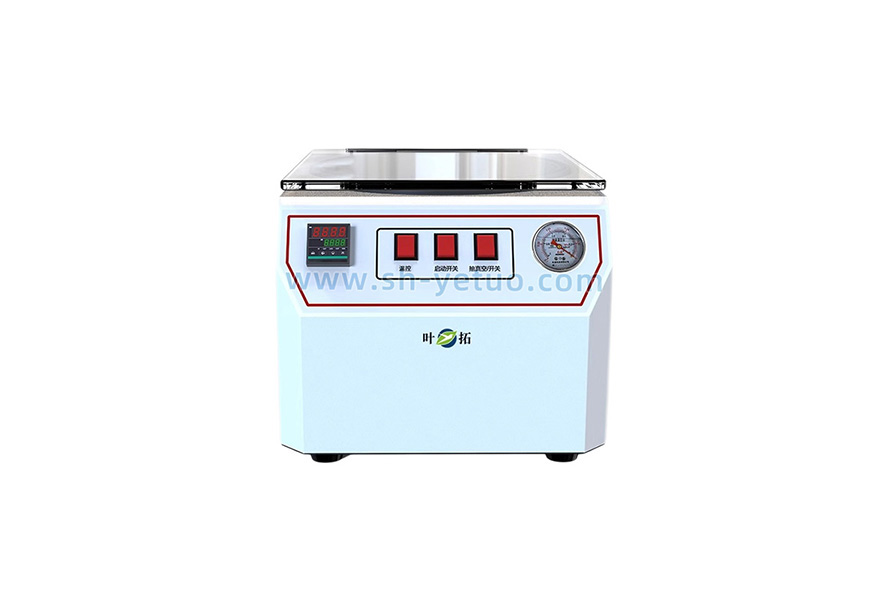
Vacuum centrifugal concentrator is a sample concentration equipment that combines centrifugal force, vacuum, and heating technology, widely used in fields such as life sciences, chemical analysis, pharmaceuticals, biotechnology, etc. It has significant advantages in the process of concentrating and drying samples. The following are the main benefits of using a vacuum centrifuge concentrator:
1. Gao effect concentration, saving time
The Shanghai Yetuo vacuum centrifugal concentrator reduces the pressure to lower the boiling point of the solvent in the sample, allowing for rapid evaporation of the solvent at lower temperatures. At the same time, in combination with centrifugal force to disperse the sample, heating accelerates the evaporation rate, significantly shortens the concentration time, and has a much higher efficiency than natural evaporation or traditional drying methods.
2. Protect thermosensitive samples
Many samples (such as proteins, nucleic acids, metabolites, etc.) are temperature sensitive, and traditional heating and drying may cause denaturation or degradation. The vacuum centrifugal concentrator is used for concentration in low-temperature environments to avoid high-temperature damage, making it particularly suitable for processing heat sensitive and biologically active samples.
3. Prevent sample loss and cross contamination
The equipment is usually designed as a closed chamber+independent sample tube/tray, with stable sample distribution in the centrifugal state to prevent splashing. A vacuum environment can also prevent impurities or microbial contamination in the air, ensuring sample purity and integrity.
4. Easy to operate and highly automated
The modern vacuum centrifugal concentrator is equipped with a program control system that can set parameters such as temperature, time, and vacuum degree, achieving one click operation and automatic stop. Some devices can also automatically adjust the program according to the sample type, making the operation more intelligent.
5. Widely applicable to various sample types
Applicable to:
Concentration of DNA/RNA extraction solution
Concentration of peptide and protein solutions
Drying of organic solvent system samples
The pre-treatment of small volume reagents and analytical samples can be used in almost any scenario that requires rapid, comprehensive, and gentle removal of solvents.
6. Complete volume concentration and drying in one step
Compared to traditional methods such as rotary evaporators and freeze dryers, vacuum centrifugal concentrators can achieve direct concentration or drying of small volume samples, especially suitable for efficient processing of trace samples, completing the task of "volume reduction+drying" in one step.
7. Improve experimental reproducibility and consistency
Due to the controllable operating conditions of the vacuum centrifugal concentrator, the concentrated state of the sample is more uniform and less prone to residual differences, which helps to improve the reproducibility and accuracy of subsequent experiments, especially suitable for experiments that require high concentration control.
8. Energy saving and environmental protection
The low-temperature working mechanism of the vacuum centrifugal concentrator reduces energy consumption and minimizes the open volatilization of harmful solvents. Some models are also equipped with a condensation collection system, which can recover solvents and reduce laboratory volatilization pollution, in line with the green environmental protection concept.
In summary:
The Shanghai Yetuo Vacuum Centrifugal Concentrator is a "concentration instrument" used in modern laboratories for processing small volume samples. It is fast, stable, and gentle, and is an indispensable assistant for efficient experiments and precision scientific research.
The vacuum centrifuge concentrator is like a "concentration assistant" and "sample guardian" for researchers. It uses precise, gentle, and efficient methods to ensure that every sample is analyzed or stored in an ideal state, promoting high-quality development of scientific research and industry.


